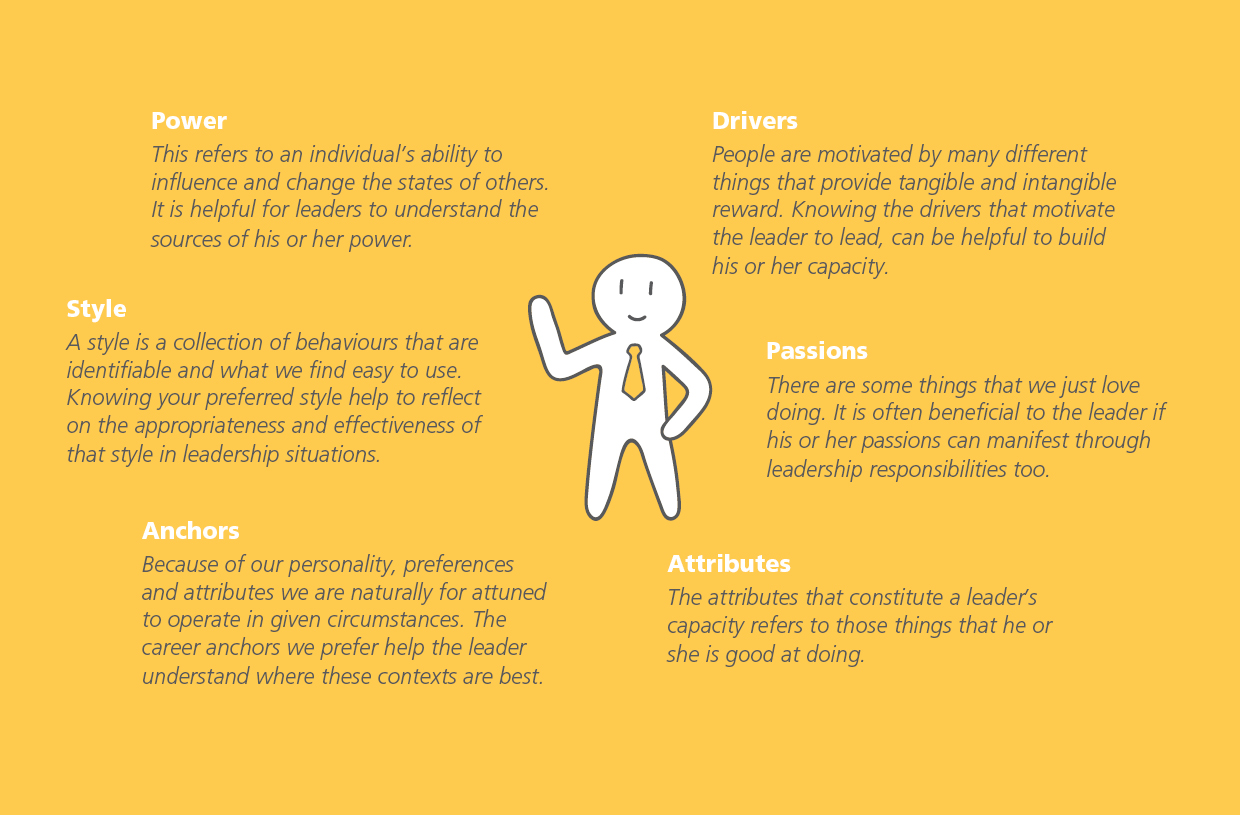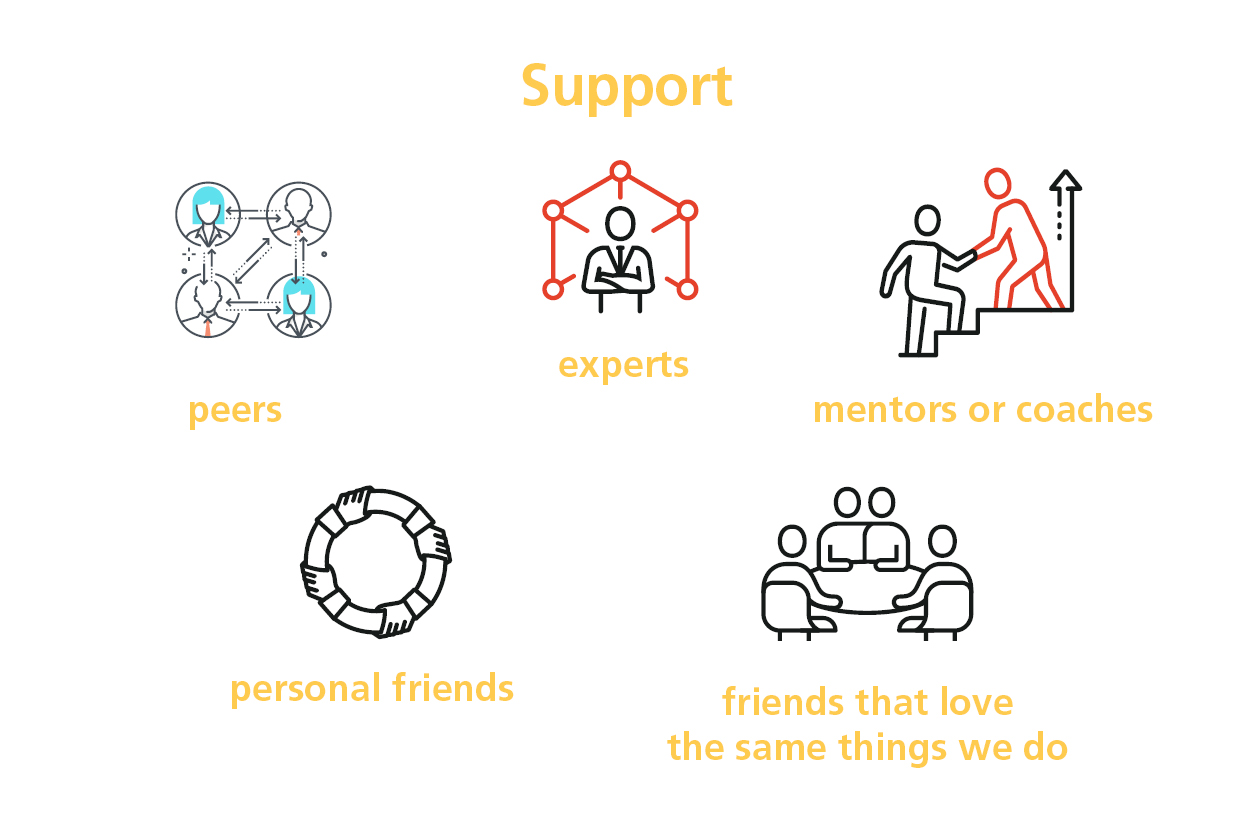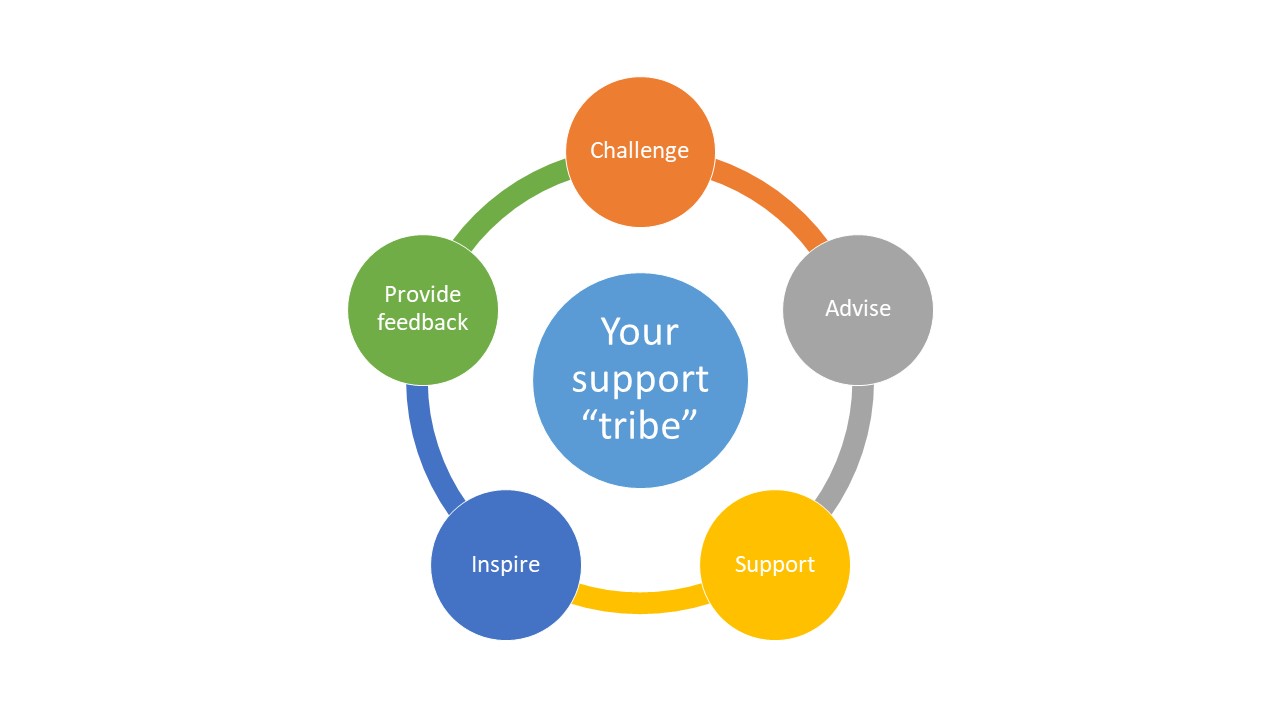Prof. Drikus Kriek
Change is an inevitable fact of life, also in the life of any leader. Each change event brings with it transition- moving from the known and familiar to unchartered territory. This journey can be disconcerting, disrupting and challenging. Yet, being able to master these periods of transition is a critical skill leaders have to obtain to see their leadership unfold to its full potential. In order to understand what is required in each leadership transition it is helpful for leaders to keep their eyes on a few critical aspects of transition.
SITUATION
In the first instance the situation needs to be considered. This refers to the trigger that initiates the change and could be voluntary desire for change or it could be because it is thrust on the leader. The latter in a manner where the leader stood-up to take leadership. The manner in which the New Zealand’s Prime Minister Jacinda Ardern rose to the occasion with the mosque attack springs to mind. The manner in which she was forced into action and showed compassion and strong leadership amidst challenging circumstances illustrates the point. The situation is also influenced by the leader’s perspective on what is expected if he or she steps-up to the plate, the timing thereof and what changes in roles are expected.
SELF
The second element that determines the leader’s reaction to transitioning into leadership positions refers to the person of the leader i.e. the Self. Here personal characteristics and psychological resources play a part. For instance, focus of leadership studies is increasingly pointing to the importance of the individual in the leadership process and subsequent relationships. Some specific elements that constitute the person allow him or her to find the leadership role more attractive and enjoyable:

SUPPORT
The next element of transition that impacts on how it influences the leader is the support he or she has. The tribe as an enabler of leadership refers to those we associate ourselves with; people that do the same things that we love; ones thinking similar to us, enjoying similar things we hold dear and those who are important to us. Thus, they are those that we need to help us on our leadership journey. Some of these are:

These are examples as there isn't a comprehensive list that applies to each leader. Each leader needs to surround him or her with the right tribe person who are knowledgeable about the things important to him or her.
Benefits of having such a tribe include that they:

Challenge: These are the people that challenge us. It is from them that we are prepared to hear alternative views, check our pespectives, re-evalulate our worldviews and mindsets and understanding that they may have different views of what we are and how we lead.
Advise. They provide us with advice on challenging situations and on ways to go forward.
Inspire. They inspire us as they give us a reason to do certain things, and it is because of them that we are prepared to ˝step into the ring˝ and take on challenges.
Support. They provide us with the backdrop, the foundation, support and assistance, and is to them that we turn when the going gets tough.
Provide feedback. They give us insight into ourself and allow us a view on who we are from the outside. This include feedback on behaviour, leadership, perspectives and reactions.
Therefore, it is important to pick the right person or persons to be part of this tribe and to create these kinds of conversations to help us to understand the things that are important about us, to give opportunity to look into the mirror and to find different ways of doing things
STRATEGIES
The last factor refers to the strategies the leader employs. Key elements of the strategies leaders take to embrace transition into leadership positions influence the manner they cope with the challenges, the decision making process to take on the leadership position and the actions they take to position themselves to lead. In this regard it is helpful for the leader to:
- Feel comfortable with his or her self- including the identity associated with the new position of leadership
- Understand his or her competencies that includes for example strengths, weaknesses, drivers, styles and aspirations.
- Be aware of the contextual demands impacting on the decision to lead and what will determine and influence the leadership going forward
- Be assured that the calling to lead is consistent with the value proposition you as a leader offers
- Build a clear career development strategy that aligns with the demands of the leadership position including development opportunities that may be needed
- Ensure how you will keep track of your success in the position.
(Based on Schlossberg's (1995) theory of transition )
Written by Prof. Drikus Kriek